I answered a question very similar to this one on another page. I will copy it here because I added a bit for the lookup function.
Embedded Power BI: Add Multiple Users in Row Level Security and assign different roles
If you have more than one data to filter against in a role, pass the list as a string path to RLS, parse it into a table, then return the row when it matches with a value in the column.
We do this if we are not actually passing username, but for cases like multiple sales offices, or making a view that compares data from multiple user accounts, or when a user belongs to different hierarchies in an organization, or basically any time you want to use multiple filters..
example input using sales ids
//Username() = "020104010|020104061|020104303|020104304"
//DAX
var userIds = Username()
VAR tbl=
GENERATE (
GENERATESERIES(1,PATHLENGTH(UserIds),1),
ROW ( "Key", PATHITEM ( userIds, [value]))
)
VAR valueList =
SELECTCOLUMNS ( tbl, "Key", [Key] )
return [sales_id_column] in valueList
If you need to add lookup functions, you can apply it when the ROW() statement is called.. it will look like this:
VAR tbl=
GENERATE (
GENERATESERIES(1,PATHLENGTH(UserIds),1),
VAR CurrentKey = [Value]
RETURN
ROW ( "Key", LOOKUPVALUE(Table[c1],Table[c2], PATHITEM ( userIds, CurrentKey )))
)
There is also a case when the table has a many to many relationship and cannot use multiple roles as identity. Or for this case specifically when you only want to use one role to filter many tables. In that case the username looks like this:
Username() = "Username:Bob|Location:A|Location:C"
The code will have an extra step to parse the inner path after you change the ":" to a "|". Then use a if conditional to check if the current table filters for this role. This approach supports a claims-based authorization where only one role needs to be created in RLS and everything can be done client-application side.
runtime is O(k(n log m)) where m is the number of claims you have applying RLS in the current table, n is the number of rows in the table, and k is the number of tables you are applying RLS on



